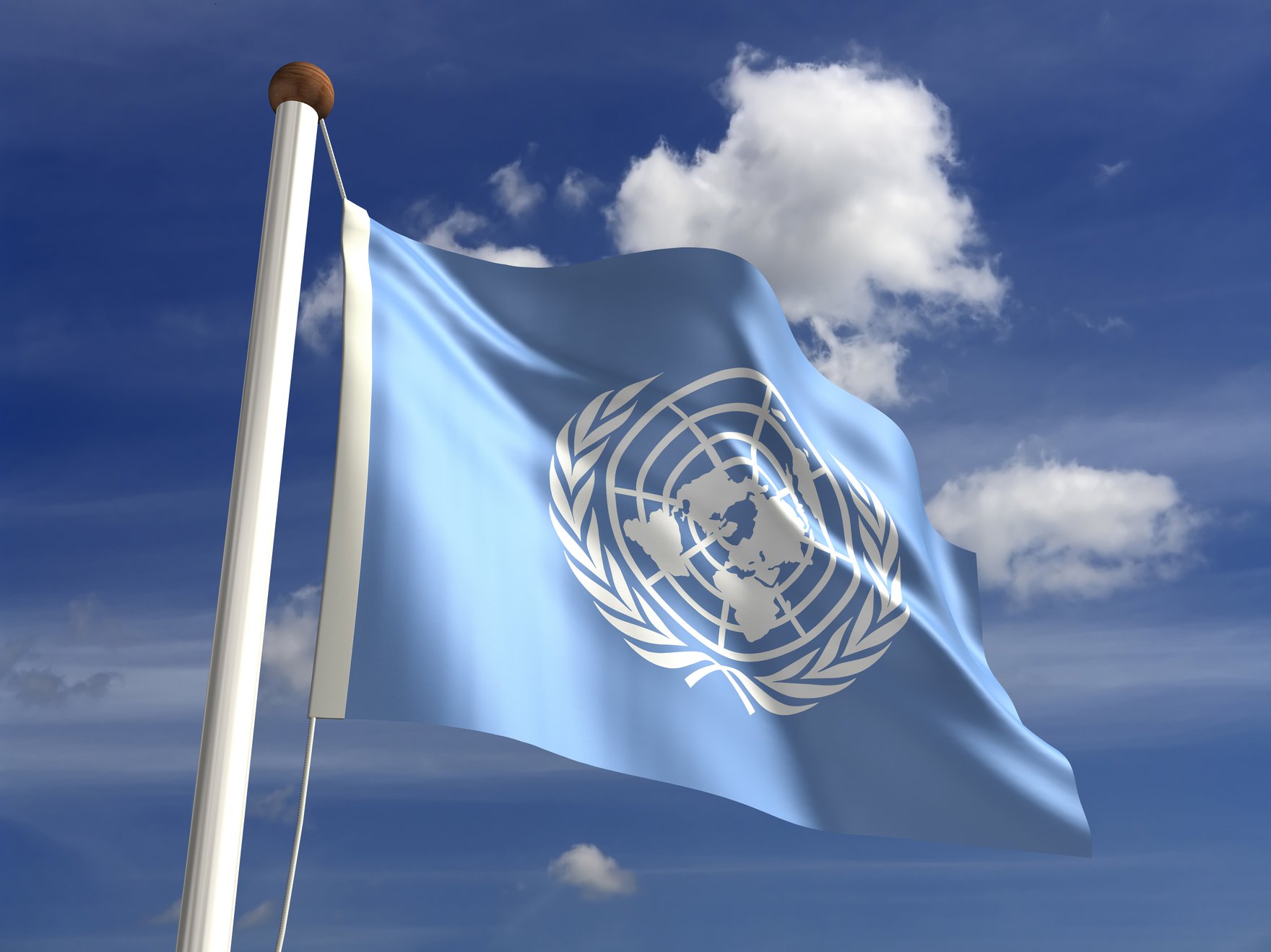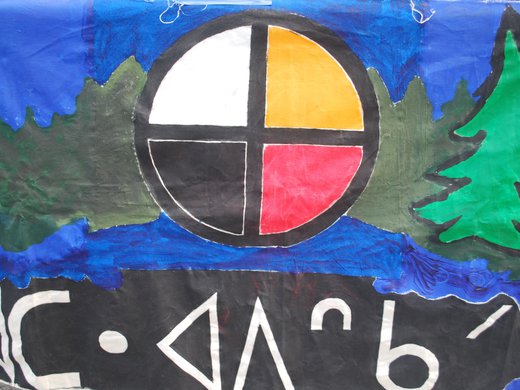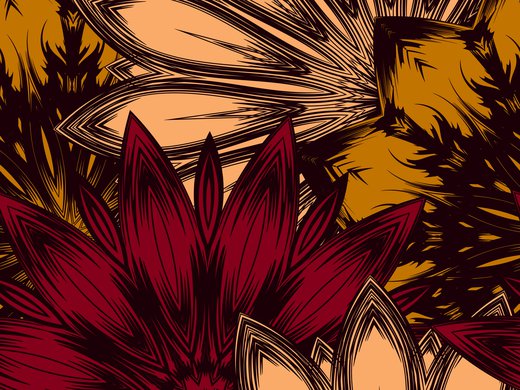This article is part of a series by Indigenous and Canadian scholars that features analysis and personal reflections on the next 150 years of Canada’s history.
Canada’s celebration of 150 years of Confederation is not a huge cause for rejoicing for most Indigenous nations, including my own nation, the Mi’kmaq, because of a dark history. Before contact with European cultures, the Mi’kmaq was a sovereign independent nation operating under its own governance structures over its traditional territories. The Mi’kmaw people followed their own Mi’kmaw legal traditions; we had extensive networks and diplomatic relations with neighbouring Indigenous nations. During Canada’s pre-Confederation era, numerous treaties with the British government were signed by the Mi’kmaq in the hopes of establishing a relationship of mutual co-existence based on respect, honour, trust, friendship and peace. Despite these treaties, a genocidal proclamation was made by Lord Cornwallis in 1749. The people of the Mi’kmaw nation were subjected to government policies and laws meant to dispossess us from our traditional territories, outlaw our traditional way of life, and destroy our governance structures, languages and spirituality.
To say that, for the Mi’kmaq, the last 150 years have been tumultuous is an understatement. Despite the painful history of colonization, the Mi’kmaw nation has managed to maintain its traditional governance structure, the Mi’kmaw Grand Council, and its Mi’kmaw legal traditions, and has kept its language alive.
For Canada to move forward on a true path of reconciliation with Indigenous peoples, Canadians need to be aware of our history and how Canadian laws and policies were purposively designed to destroy every fabric of Indigenous life and to destroy all 74 Indigenous languages. Thankfully, these laws and policies failed, but Canadians need to acknowledge and accept that Indigenous nations are still recovering from them. This recovery may take decades and will require the support of Canadians. For instance, Canadians could support this recovery by removing statues of historical figures such as Lord Cornwallis, who played a role in the genocidal policies with his scalp proclamations against the Mi’kmaq.
On a personal level, attending the recent tenth session of the UN Expert Mechanism on the Rights of Indigenous Peoples[1] in Geneva made me realize how much Indigenous peoples share a common history of discrimination and subjugation by national governments. However, it also showed how powerful and resilient Indigenous peoples are, and how instrumental many have been in advocating for the recognition and protection of fundamental human rights at the United Nations, culminating with the adoption of the UN Declaration on the Rights of Indigenous Peoples (UN Declaration) on September 13, 2007, after nearly three decades of effort.
Grand Chief Wilton Littlechild, former commissioner to Canada’s Truth and Reconciliation Commission, shared some important teachings and perspective on reconciliation while in Geneva. He explained that he first got involved with the United Nations because his nation sought respect and justice and treaty recognition. He reiterated how important it is for all Indigenous peoples to understand the UN Declaration and implement it. He emphasized that Canada’s Truth and Reconciliation Commission identified the UN Declaration as the framework for reconciliation at all levels and across all sectors of Canadian society.
I am hopeful that the relationship between Canada and the Mi’kmaq and other Indigenous peoples is entering a new era of “sunny ways” because we have a prime minister and a government committed to reconciliation, implementing the UN Declaration and re-establishing the nation-to-nation relationship with Indigenous peoples.
The gathering in Geneva inspired me to continue raising awareness of the UN Declaration and its importance to the Mi’kmaw people, because it declares Indigenous peoples’ inherent rights to self-determination, cultural rights, languages, land rights, natural resources, environmental protection, consultation and free, prior and informed consent.
It is imperative that Canada’s Indigenous peoples organize themselves as nations to begin this important and long overdue reconciliation process. For example, the Mi’kmaw people, led by the Mi’kmaw Grand Council, need to work to unite the Mi’kmaw communities of New Brunswick, Nova Scotia, Prince Edward Island, Newfoundland and Quebec as one nation. These Mi’kmaw communities and provincial or regional organizations should take the lead in organizing a Mi’kmaw summit. At the summit, the Mi’kmaw people need to define what reconciliation means for us. These discussions need to start within our communities to articulate a clear vision for our future, and to make plans and develop strategies to implement the UN Declaration and achieve reconciliation. We need to move quickly to develop action plans that will create real change, to create healthy communities for both current and future generations. Canada needs to support and respect this Indigenous-led implementation of the UN Declaration, by recognizing the aboriginal and treaty rights of each Indigenous nation.
[1] The Expert Mechanism on the Rights of Indigenous Peoples was created by the UN Human Rights Council in 2007 with a mandate to provide the council with expert research-based advice and studies on the rights of Indigenous people. In 2016, this mandate was expanded to also provide expertise and advice on the rights of Indigenous peoples as set out in the UN Declaration on the Rights of Indigenous Peoples, and assist states, if requested, in achieving the ends of the declaration through the promotion, protection and fulfillment of the rights of Indigenous peoples.



